Blue-billed Teal
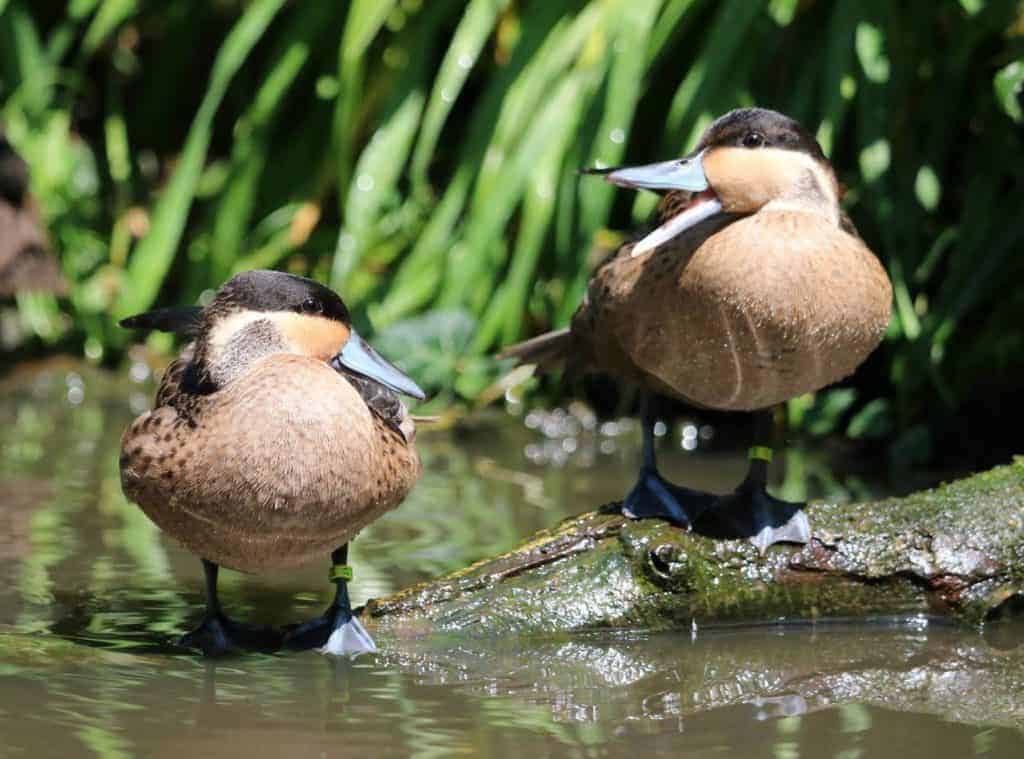
Formerly placed in the genus Anas, the Blue-billed Teal is the ancestor of Puna Teal Spatula puna, from which Silver Teal S. versicolor evolved. All three are sometimes placed together in the genus Punanetta. The current genus, Spatula, includes Garganey S. querquedula, Blue-winged S.discors and Cinnamon Teals S. cyanoptera and the Shovelers.
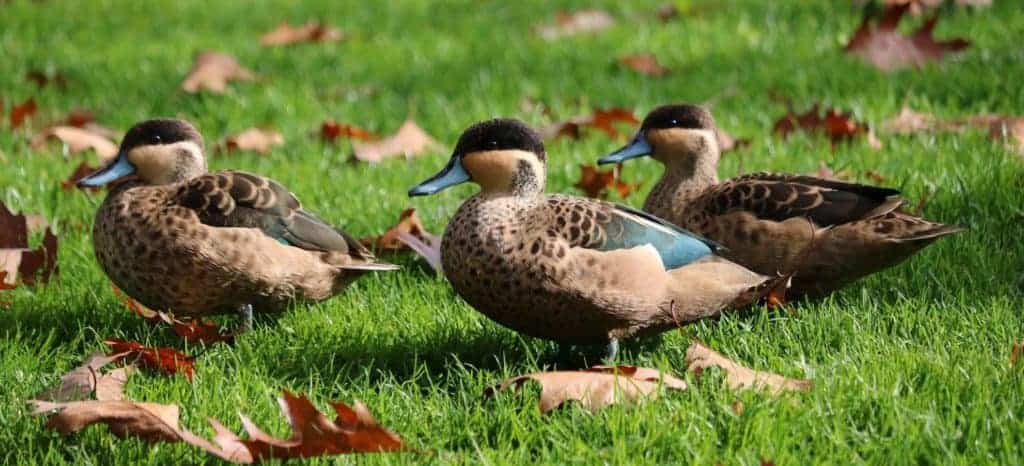
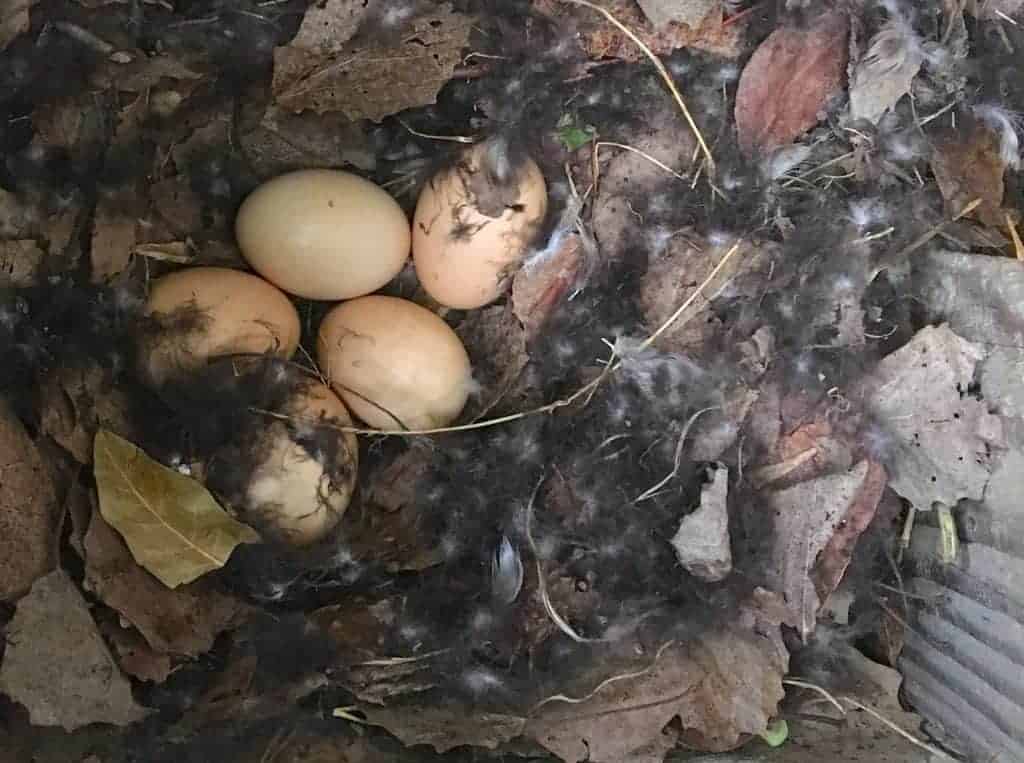
Spatula hottentota
The tiny Blue-billed Teal is the smallest of all the dabbling ducks. Widespread on the savannahs of sub-Saharan Africa and Madagascar, it favours shallow freshwater pools, lakes and marshes. This is the African counterpart of the closely related Silver Teal S. versicolor of South America, and is similar in appearance with its dark crown and pale sides to the head, however its cheeks have a distinctive dark smudge. The sexes are similar, though the duck is slightly duller, and like almost all southern hemisphere dabbling ducks, there is no eclipse plumage.
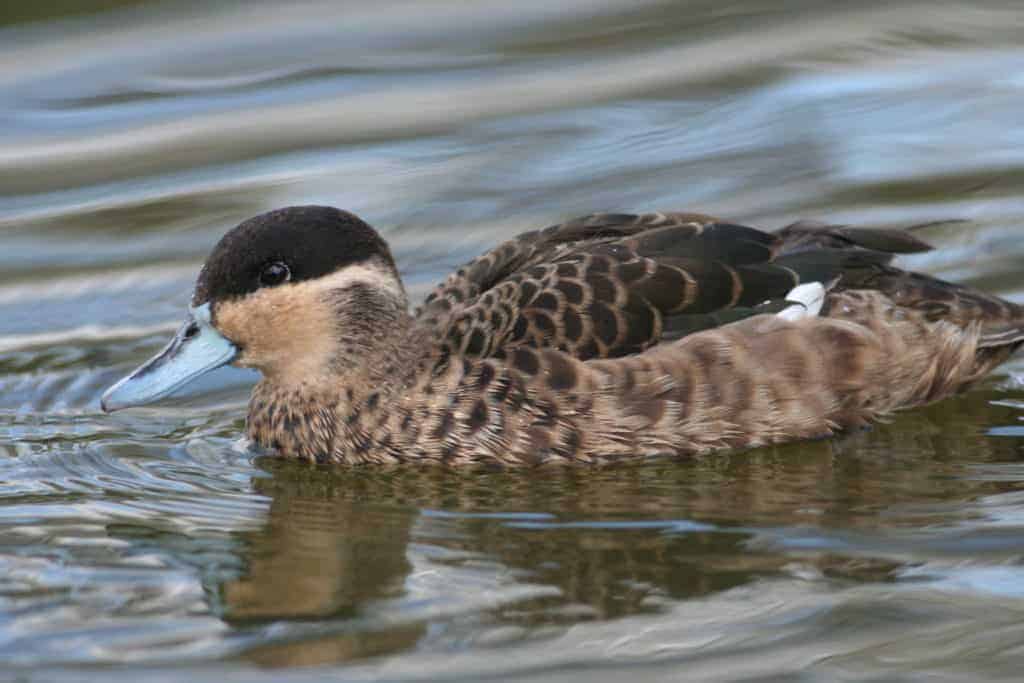
Blue-billed Teal are well established in wildfowl collections and have proved themselves to be surprisingly hardy, especially considering that most of their extensive African range is within the tropics.
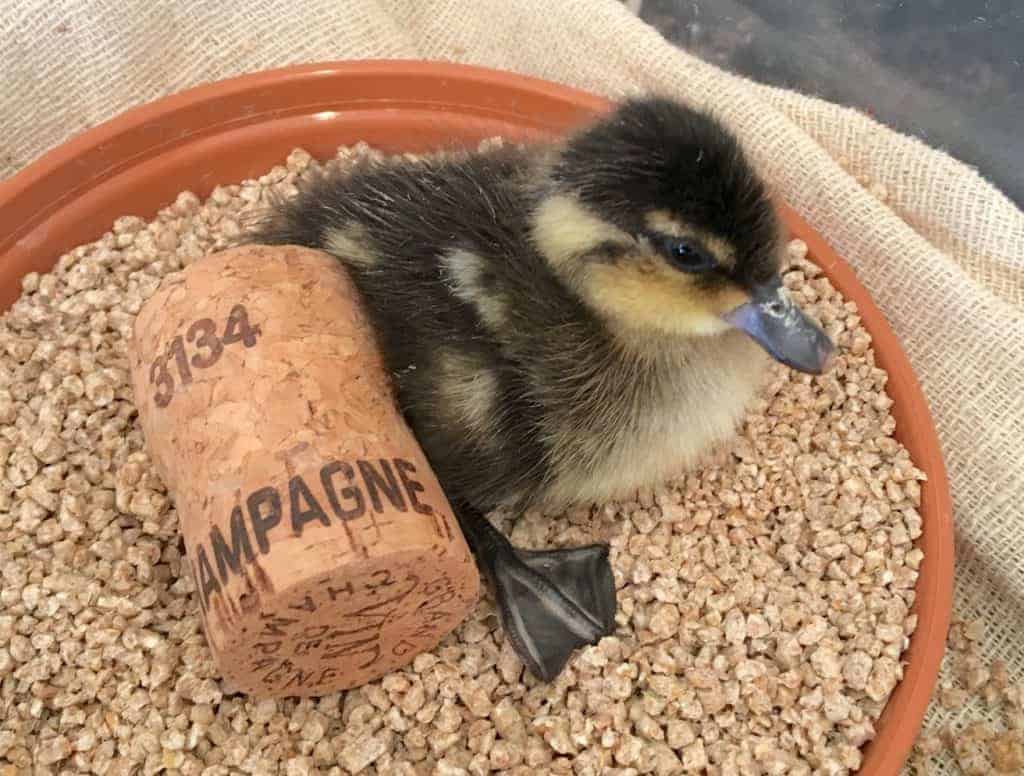
In the latest version (v11.1, January 2021) of the International Ornithological Congress (IOC) master list of bird names, the Blue-billed Teal is the accepted name for the Hottentot Teal. This decision was made in concert with BirdLife South Africa List Committee, as the former name has become offensive. The simple truth, however, is that the word ‘Hottentot’ always was offensive and was intentionally meant to be so. It was a term coined by Dutch settlers that mimicked the rhythms and sounds of indigenous language families such as Khoe, Kx’a and Tuu. The settlers’ inability to understand the languages meant they were, to European ears, not languages at all but rather the mere ‘clucking of turkeys’. ‘Hottentot’ became a term of indiscriminate dismissal of a number of distinct indigenous cultures. While it is a relatively straightforward process to change the common names of birds – especially as there is a global move to find more appropriate names for those burdened with the stigma of colonial racism — changing the species epithet is much harder.
The Blue-billed Teal likes to lay her clutch of six to nine eggs close to the water’s edge. Incubation is 25 to 27 days. The ducklings are tiny, but otherwise easy to rear, given enough heat. Because of their small size, these dainty ducks are especially vulnerable to rats and other predators. They can surprise you with clutches at the very extremes of the usual breeding season in Britain.
Further Reading
Gill F, D Donsker & P Rasmussen (Eds). 2021. IOC World Bird List (v11.1). doi : 10.14344/IOC.ML.11.1.
Foley G and Rutter J. 2020. ‘The stench of colonialism mars these bird names. They must be changed’. The Washington Post 04/08/2020 http://www.washingtonpost.com/opinions/2020/08/04/american-bird-names-colonialism-audubon/?arc404=true